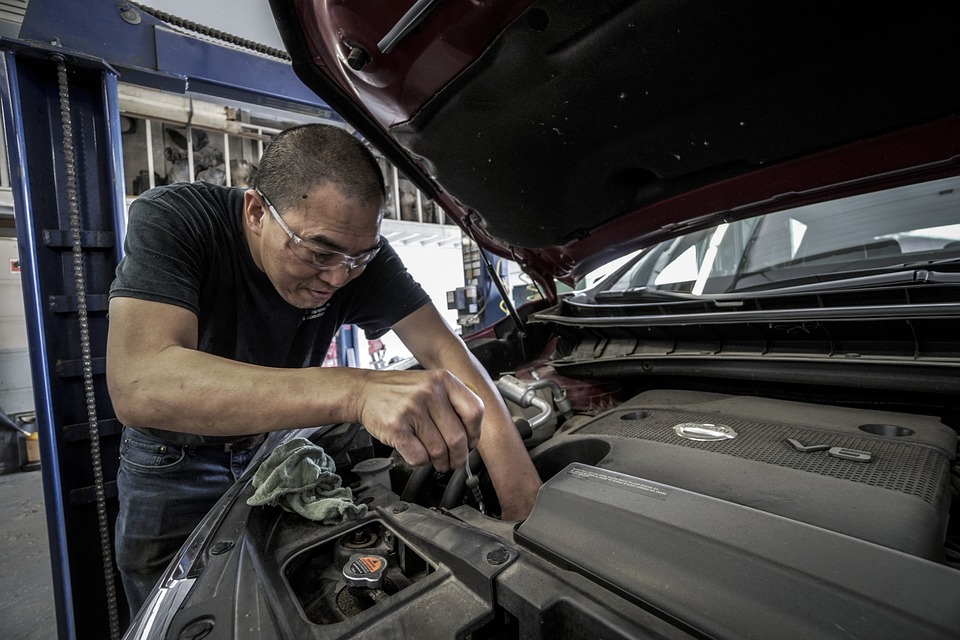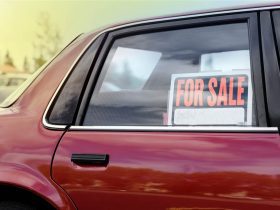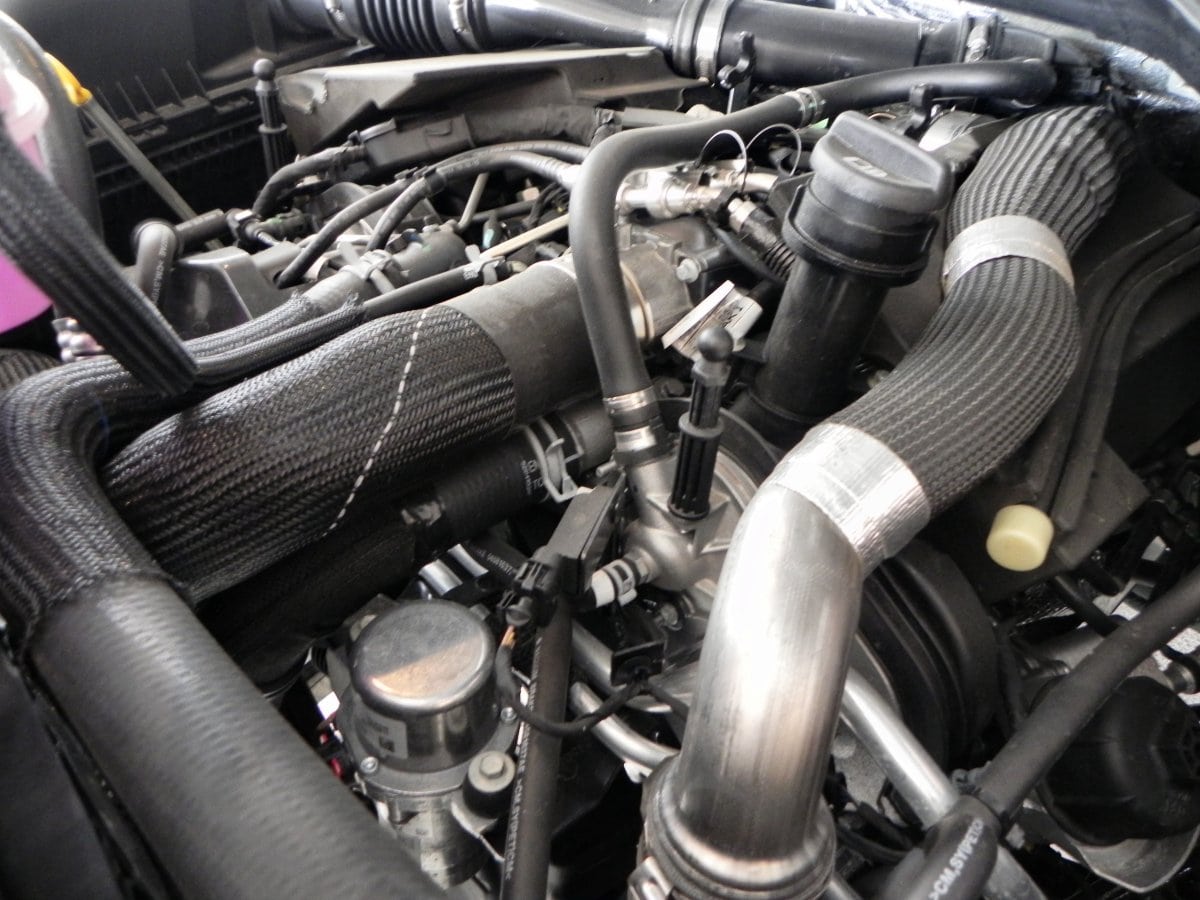There are a lot of questions that car owners might have about their vehicles. Especially new car owners who aren’t sure about maintenance requirements or costs. Here we’ll look at the top four things we’re asked about here and on our YouTube channel.
Many just buy the maintenance package from the dealership and wait for the notifications on their dashboard or phone let them know when to schedule a visit. That solution is certainly the most convenient and, if your vehicle is under warranty, may be the best way to ensure that the warranty remains in force. But it’s still worth knowing when and how maintenance should happen.
1. How often do oil changes happen?
This is by far the most common question from people about their vehicle’s maintenance. The answer isn’t simple, which is why the question is asked so frequently. The answer depends on your vehicle and the manufacturer’s recommendations.
Most vehicles today use lighter grades of engine oil or synthetics. They also often use something other than the typical cylinder-shaped screw-on filter found on the shelves of auto parts stores everywhere. Today’s vehicles often use longer-life filters, either with non-paper filter cans or with cartridges with mesh screens. Hence many new vehicles made in the past five to ten years have oil change intervals between 6,500 and 12,000 miles.
So to find the interval for your vehicle, you’ll need to refer to its manual for the manufacturer’s suggested intervals. For most people with a newer car, this means an oil change is only done about once a year. But if the interval has a higher-cost filter or synthetic oil (or both), it will be more expensive.
Otherwise, the interval is likely 3,500 to 4,000 miles between oil changes. Roughly three times a year for most drivers. That interval, the “mechanic’s rule of thumb,” has been the standby for decades. These are usually the simplest and cheapest of the oil changes, but they are done more often.
2. How often does the anti-freeze coolant in my car need to be changed?
Most intervals for changing out the engine coolant (aka “anti-freeze”) are at about 30,000 miles for most vehicles. That is roughly every three years of use for most drivers. Knowing that, however, it’s important that the anti-freeze (and all other vehicle fluids) be checked monthly. Though most people do not do this and instead have it checked as part of regular service during oil changes or tire rotations. At the very least, though, your vehicle’s fluids should be checked several times a year.
Be aware that the engine should be cool and not running when these checks are made. Engine coolant and oil can be very hot and cause injury if the caps are removed while the engine is hot.
3. How often do wiper blades need to be changed?
The answer here depends on where you live and how often the blades are used. Those who live in cold climates where it rains, snows, and freezes often will have to change their wiper blades more often than will those who live in sunny climates. Exceptions can be extreme heat environments like southern Arizona and parts of New Mexico and West Texas, where the extreme dry heat can make wiper blades brittle over time.
Most people will likely replace wiper blades at least once a year. In extreme environments, the interval will be far more often (two or three times annually) unless the vehicle is stored inside or under cover most of the time.
4. Can I drive my vehicle with a check engine light on?
It’s not a good idea unless you’re driving it to a mechanic for service and the engine does not seem to be struggling and there are no loud noises coming from the vehicle. The “better safe than sorry” mantra is important here, though, and it’s more than likely that you shouldn’t be driving a fault-tripped vehicle. Those with a little knowhow can purchase an OBD reader to plug into their vehicle’s port to read faults from the car’s computer. This will at least give you an idea of what the problem is. Simple readers that Bluetooth to a smart phone are cheap and easy to use.
The most common engine light trigger is the evaporative system for the fuel. If your engine light comes on shortly after you’ve pumped gas into the tank, this is the most likely reason for it. Simply remove the gas cap, check its rubber seal (usually an O-ring) and then put it back on. Most of the time, that will release the fault and the engine light will turn off in a few minutes. If not, get out your OBD reader or see a mechanic.






